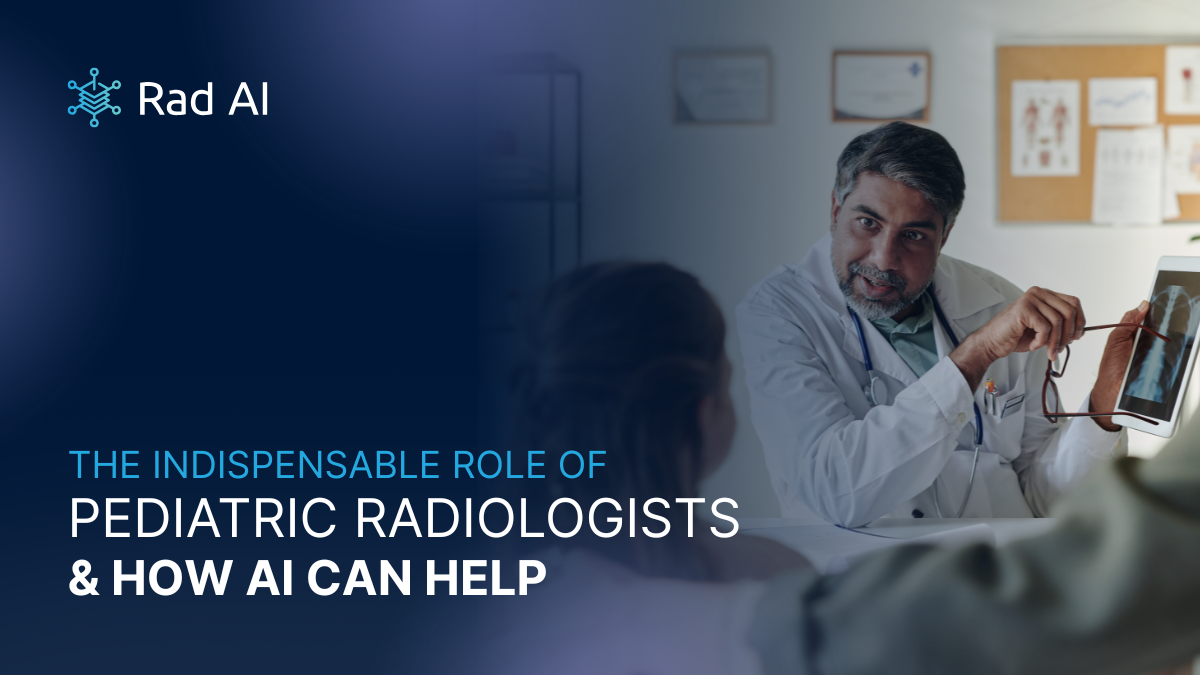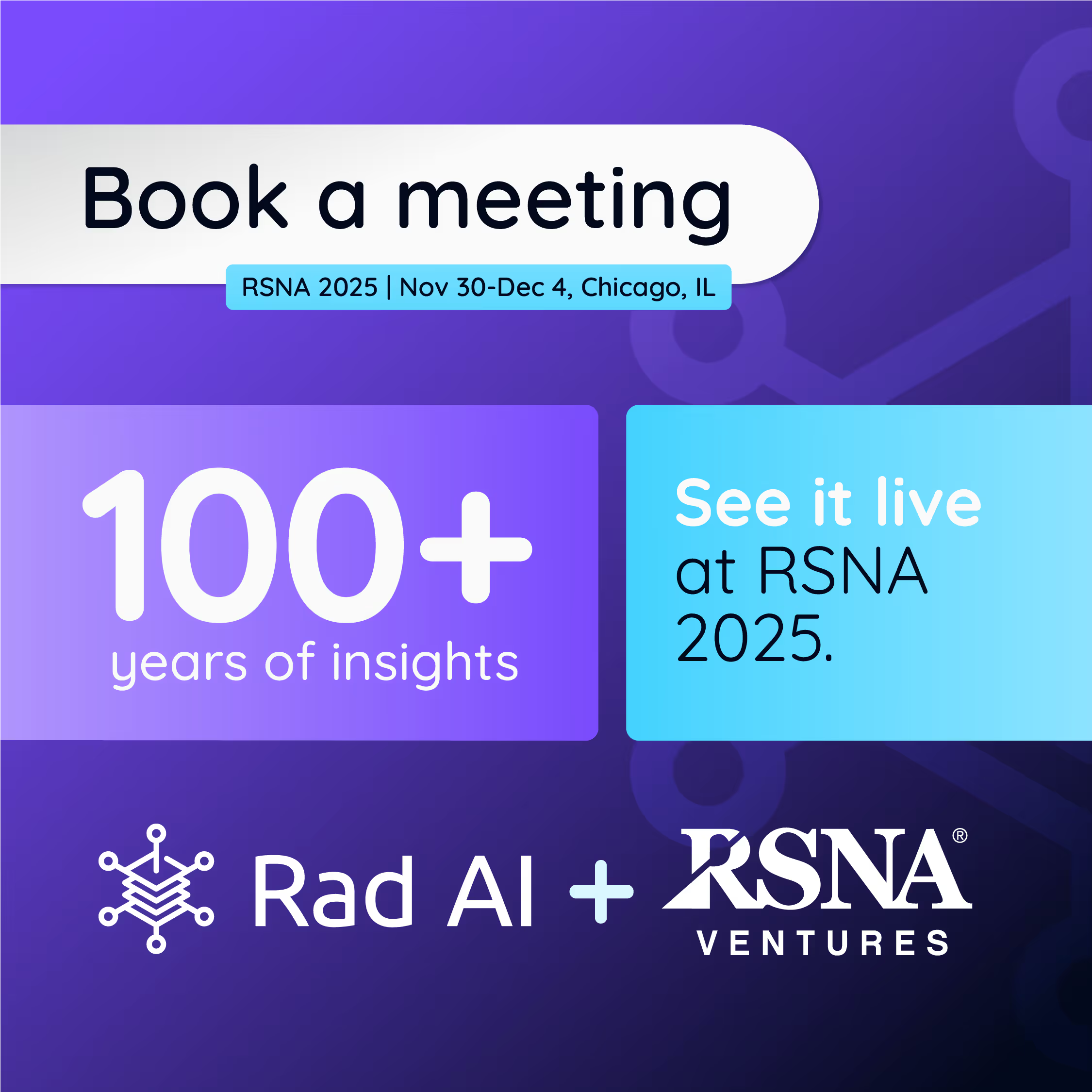The Indispensable Role of Pediatric Radiologists & How AI Can Help


A new study published in the Journal of the American College of Radiology (JACR) highlights a notable contraction in the pediatric radiology workforce between 2016 and 2023, signaling a workforce crisis that strains existing departments and jeopardizes equitable access to specialized care.
When a child is ill or injured, a complex network of clinicians is mobilized. While each specialist is indispensable, the pediatric radiologist often serves as a central linchpin, translating the invisible into actionable clinical insights for interdisciplinary teams to utilize. The expertise and findings provided by pediatric radiologists is not merely supplementary or a great “nice-to-have”; rather, it is a fundamental pillar of effective and modern day pediatric care.
Unlike adult diagnostics, pediatric radiology requires a very rigorous understanding of dynamic biological systems. Children are not merely small adults; rather, their anatomy is rapidly evolving, their pathologies often present atypically, and their tissues exhibit heightened radiosensitivity. A pediatric radiologist undertakes years of rigorous training and subspecialization to meticulously navigate these intricacies: differentiating benign growth plates from genuine fractures, identifying subtle manifestations of congenital anomalies, and understanding and employing low-dose imaging protocols to minimize a child’s cumulative radiation exposure.
In the broader healthcare workflow, pediatric radiologists’ indispensable role is self-evident: they work closely with emergency physicians to diagnose acute traumas, assist oncologists in staging and monitoring pediatric malignancies, and work with surgeons to meticulously plan intricate operations on nascent organs. The ability to accurately interpret an array of modalities, including radiographs, ultrasonography, and advanced MRI and CT scans, directly informs diagnostic certainty, shapes therapeutic strategies, and fundamentally influences a child's prognosis.
Despite this unequivocal importance, the field is confronting a formidable challenge: a critical workforce shortage. In the context of mounting demand faced with significant labor shortages, AI is emerging not as a replacement, but as a powerful augmentative tool to enhance workflow efficiency. These technologies can automate routine tasks, freeing up valuable time for radiologists to focus on complex cases. Furthermore, radiology AI tools that can help bridge the gap for follow-up management is a significant value addition to pediatric medicine, a field which is often wrought with time-senstive diagnoses and conditions. Indeed, AI-driven efficiencies are helping to extend the reach and impact of a strained workforce, providing a vital technological assist to an overtaxed system.
The work of a pediatric radiologist transcends mere image interpretation; it is an exercise in discerning the holistic patient. It is about providing the diagnostic clarity essential for making life-altering decisions, thereby ensuring that every child receives the most precise, compassionate, and efficacious care possible. Their role represents one of the most critical and impactful subspecialties in modern medicine.






